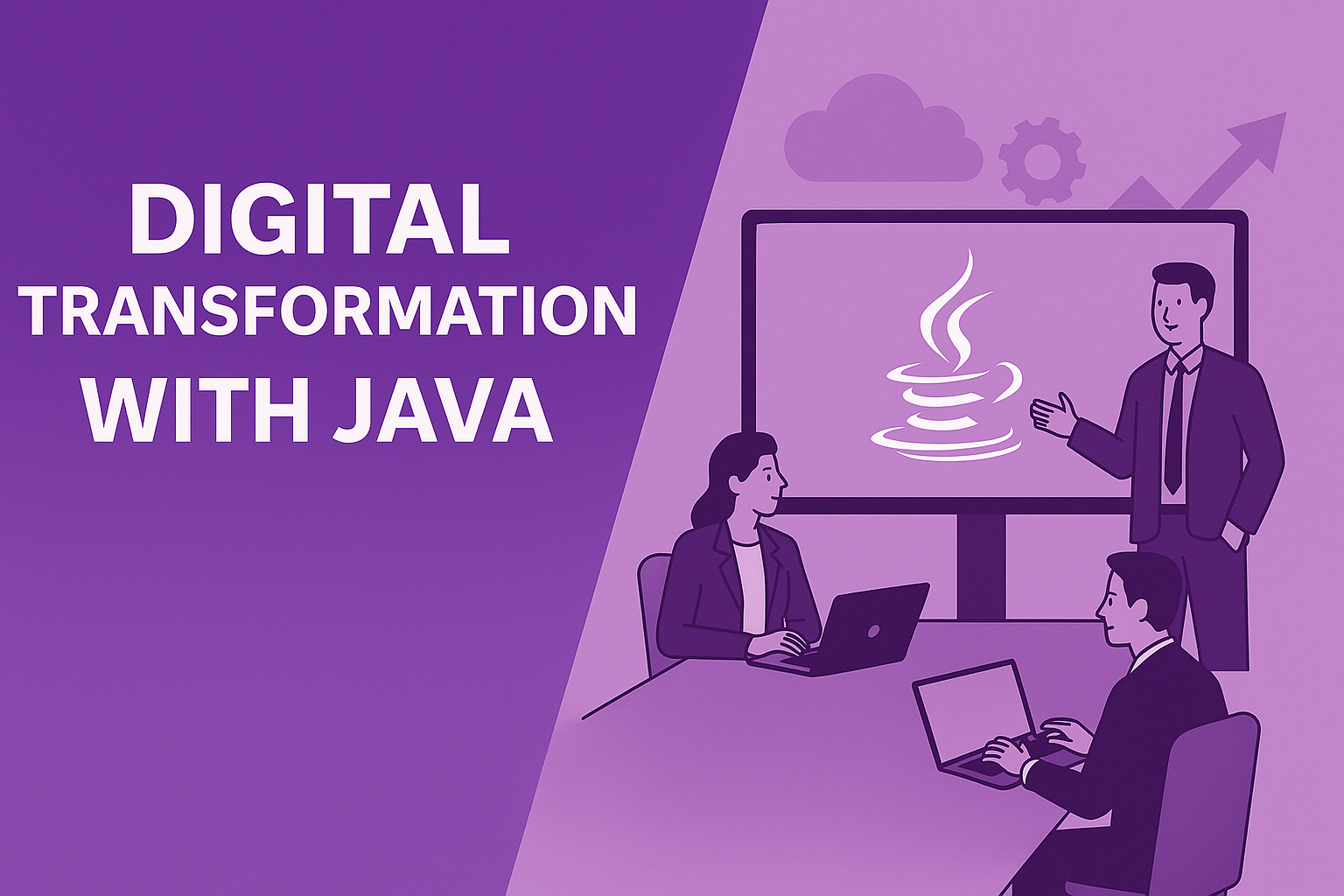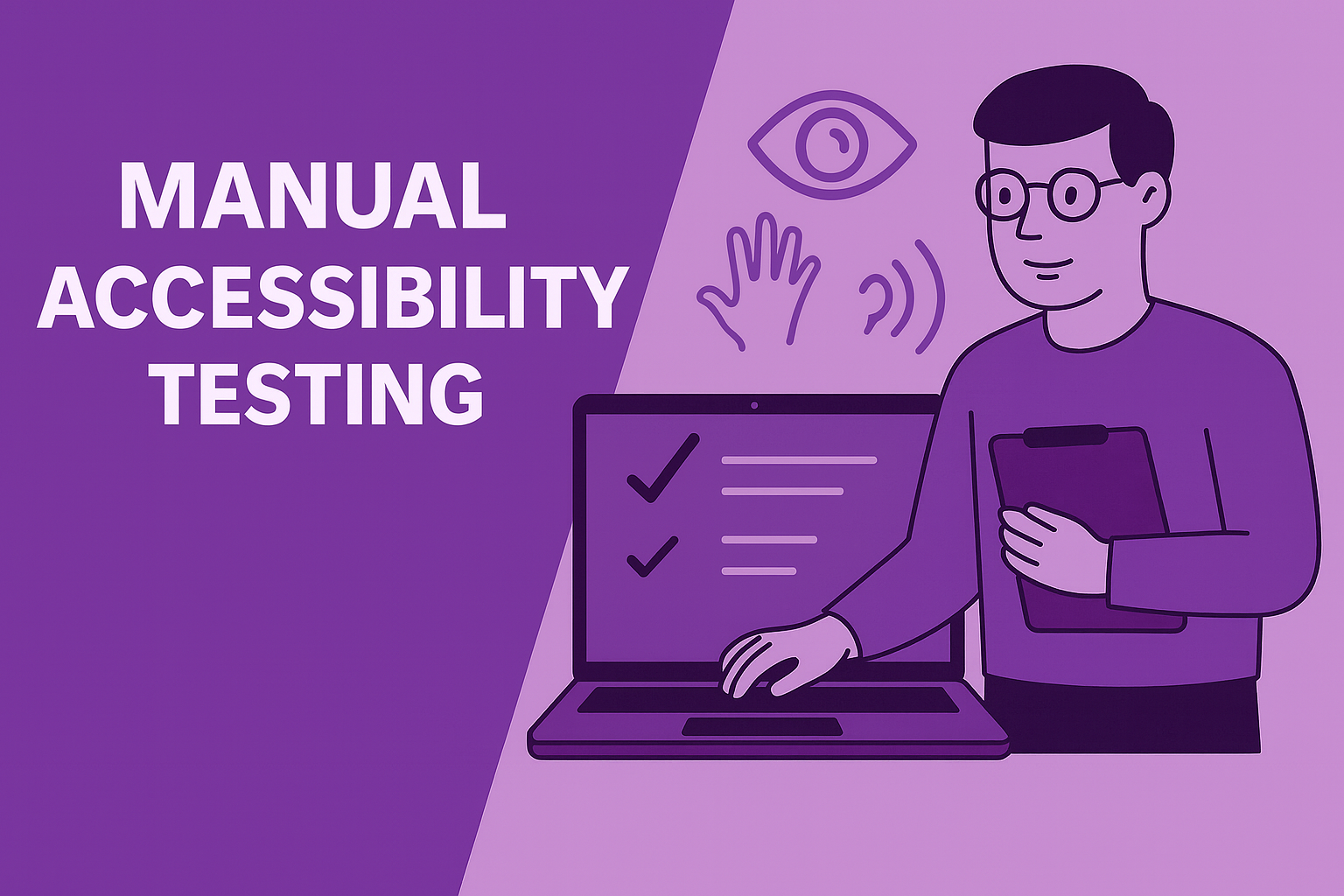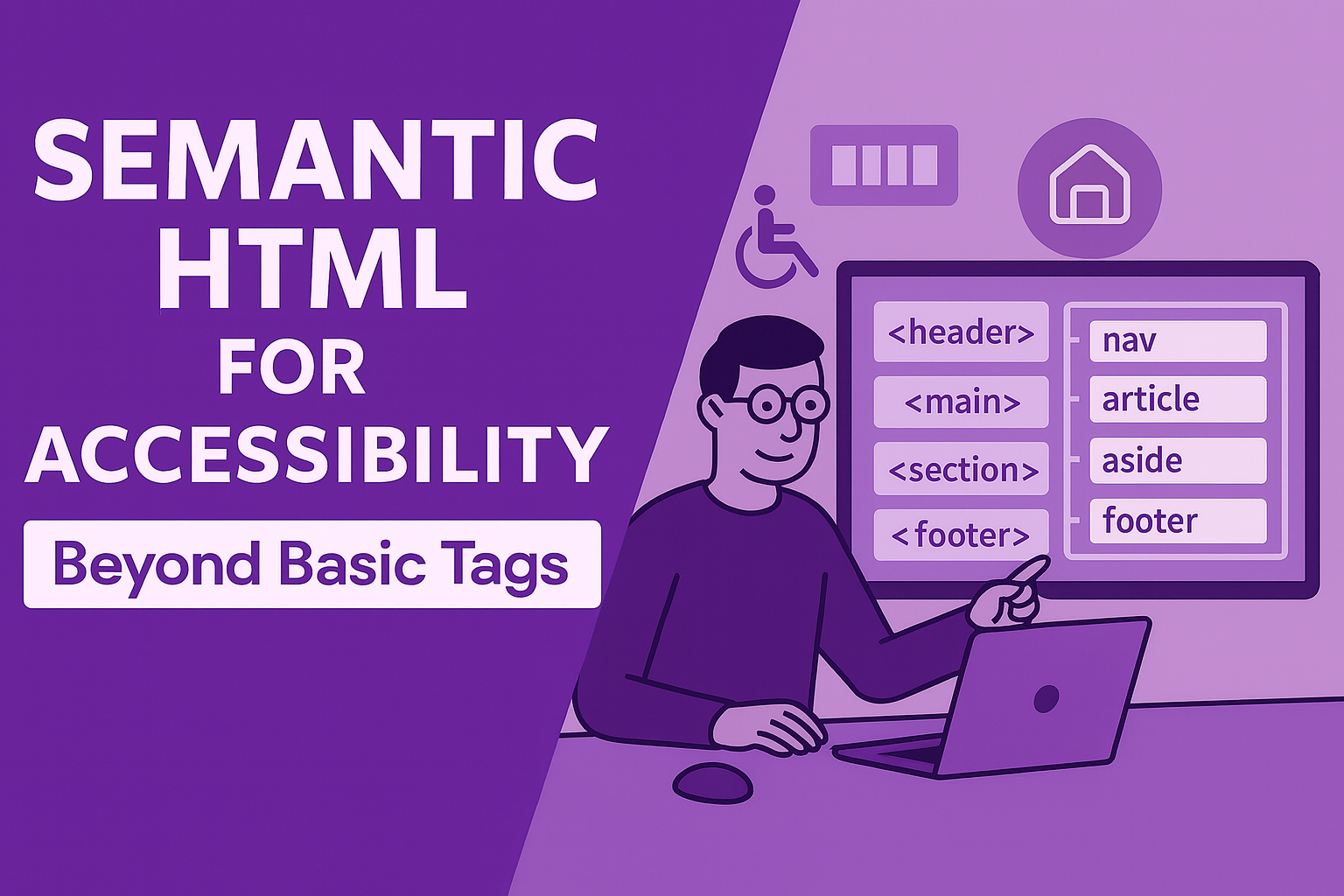1. Introduction: Breaking the Myth
For years, many executives have dismissed Java as “old tech”- a language tied to monolithic legacy systems and costly maintenance.
The truth in 2025 is far different: Java is powering cloud-native, AI-driven, and digital-first transformations across industries. Far from being a liability, it’s become a strategic backbone for enterprises embracing change.
👉 If you think Java is only for legacy systems, you’re missing how enterprises are winning with it today.
2. Why Enterprises Still Depend on Java
- 99% of enterprises continue to run Java workloads, with many reporting that more than half their applications are Java-based.
- Java remains the foundation for mission-critical systems in banking, healthcare, telecom, government, and manufacturing.
- Its enduring strengths - stability, scalability, security, and a massive global talent pool - make it a low-risk, high-value platform for modernization.
Simply put: enterprises don’t just rely on Java because of history - they rely on it because it works.
3. Java in the Digital Transformation Era
- Cloud-Native Enablement: Java runs seamlessly in Kubernetes, containers, and even serverless environments. Optimizations in the JVM have made cloud-native deployments more efficient than ever.
- AI/ML Integration: Enterprises are increasingly turning to Java to power AI workloads, with Java surpassing Python in some enterprise-scale use cases where security, performance, and integration matter.
- Microservices & APIs: Frameworks like Spring Boot, Quarkus, and Micronaut accelerate microservices adoption, making it easier to modernize while still leveraging existing assets.
Java is no longer “just a runtime”- it’s an enabler of digital agility.
4. From Legacy to Modernization: Real Transformation Pathways
- Migrating from Java EE to Jakarta EE or modern lightweight frameworks to unlock flexibility.
- Re-platforming from costly WebLogic/WebSphere environments to OpenJDK-based stacks, cutting both licensing fees and vendor lock-in.
Refactoring monoliths into microservices enables faster release cycles and easier integration with modern platforms.
📌 Case Study Example: Transforming a Legacy Monolith platform: a Strangler fig approach to Microservices on the Cloud
5. Cost, Control & Risk Management
- Oracle Licensing Risks: Enterprises are pivoting to OpenJDK, Azul, or Amazon Corretto to regain control and avoid unpredictable cost spikes.
- Cloud Cost Optimization: Smart JVM tuning and adopting GraalVM native images can cut startup times, reduce memory usage, and lower overall compute costs.
- Security & Compliance: Modern Java distributions deliver timely patches, dependency governance, and hardened security—essential for regulated industries.
Java consulting isn’t just about code - it’s about financial resilience and risk mitigation.
6. Future-Proofing with Modern Java
- Java 24 (March 2025) introduced improvements in performance and developer productivity.
- Java 25 LTS (September 2025) will set the enterprise baseline for the next several years.
- Jakarta EE continues to evolve enterprise APIs, while GraalVM unlocks polyglot capabilities and ahead-of-time compilation.
Upskilling teams through labs, certifications, and modernization programs ensures enterprises keep pace.
7. How the Right Vendor Makes the Difference
Digital transformation with Java doesn’t succeed by accident. It requires a strategic partner who understands both enterprise realities and cutting-edge technology.
What to look for in a vendor:
- Proven Java modernization experience (Java EE → Jakarta EE, monolith → microservices).
- Cloud-native + AI-ready capabilities.
- Performance and security engineering expertise.
- Scalable delivery models: consulting, dedicated teams, or staff augmentation.
The right vendor bridges the gap between executive priorities (cost, compliance, innovation) and technical execution.
8. Conclusion: Java as Strategic Backbone
Java is not “legacy baggage.” In 2025, it’s a bridge between stability and innovation.
With the right strategy and the right partner, enterprises can leverage Java not just to maintain systems—but to transform, innovate, and accelerate digital initiatives.
👉 If your organization is navigating licensing risks, modernization pressures, or cloud migration challenges, partner with experts who know how to align Java with enterprise transformation goals. Contact us





